You can contact LEARNZ, part of CORE Education, at:
Postal Address:
PO Box 13 678,
Christchurch 8141,
New Zealand
<-- Homepage No more tips or dumps.
Kia ora koutou
Today we focussed on processes at Redvale. We looked at what happens to leachate and gas, the by-products of the landfill.
Web conference
For this morning’s web conference, Tim Brake was our expert once again. Titirangi was our speaking school. They asked another excellent set of questions during the formal first part of the web conference. In the informal second part, questions in the chat pod prompted further interesting answers. The Web Conferences page is where you can go to listen to the recording.
Learning about leachate
Leachate is the brown liquid that comes from rotting organic material. At Redvale, they drain the leachate away to stop it swamping the landfill. After the web conference, Tim took us to an area where a new part of the landfill is being created. You could see machinery working away on the compacted clay lining of the landfill. This lining does not let any leachate through, so it stops any harm to the environment that leachate might cause. When leachate collects at the bottom of the waste pile, it gets pumped out to a facility that boils it off as steam using landfill gas.
Managing surface water
The landfill at Redvale is also capped with a thick layer of soil to prevent rain going into the waste. Tim took us to the area where this rain water eventually drains to. On the way you could see several ponds. These are the rainwater collection sites. Before the rainwater is released into the local stream, it is tested. It’s good to know that this sort of thing is being done to ensure minimal harm to the environment.
Well, well, well
After some lunch, we went with Tim to a part of the landfill that looks more like a farm than a landfill. There were sheep milling about happily feeding, except dotted around this grassy hill were gas wells. Next to one of these wells Tim explained how the gas (mainly methane), produced from decomposing organic waste, is removed from the landfill.
The wells go right into the waste and connect to large pipes. Tim describes this system as being like a big lung that traps and draws the methane out. The top of the gas wells can be accessed for monitoring gas volumes and changing flow rates if needed. The gas is basically sucked from the landfill through a network of pipes, and it is where this gas ends up that we went to next.
Renewable energy
Our final stop for the day was at the Redvale Energy Park and it sure is an interesting place! The landfill gas taken from the landfill via the gas wells, is used as a fuel to drive 12 generators. These generators produce electricity and supply it to the local grid. As you can see in the images and videos from today, they are some serious engines!
Enough electricity is currently made to power around 12,000 homes. The Energy Park is about to get two more generators, so will soon be able to produce even more electricity. By 2023 around 24,000 homes will be powered by Redvale.
Any gas that is not used gets burned in something called a flare. This is very hot to make sure any dangerous gas is destroyed and not released into the air.
A pipeline also delivers landfill gas to a neighbouring commercial greenhouse, where it fuels a boiler for space heating. We will be taking a closer look at that tomorrow.
It has been another interesting day here at Redvale landfill and Energy Park. The ambassadors and I sure are looking forward to another one tomorrow.
Mā te wā,
Andrew
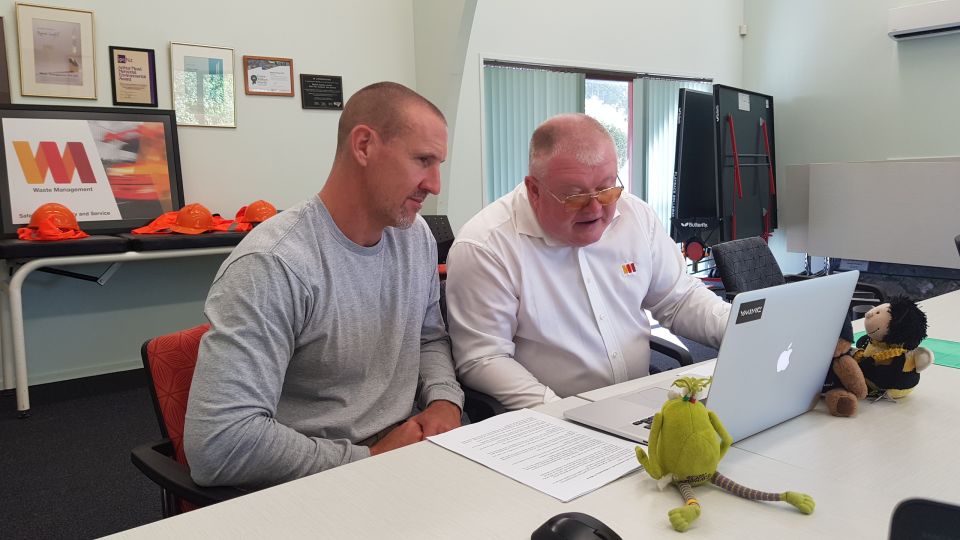
Andrew and the ambassadors listen as Tim Brake answers another question on this morning's web conference. Image: LEARNZ.
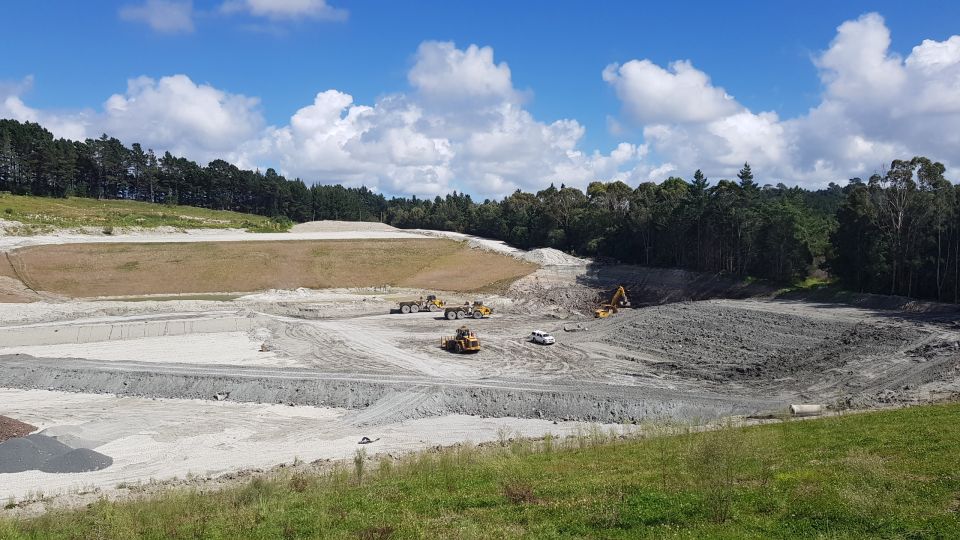
A new part of the landfill under construction. What material is used to stop leachate leaking into the environment? Image: LEARNZ.
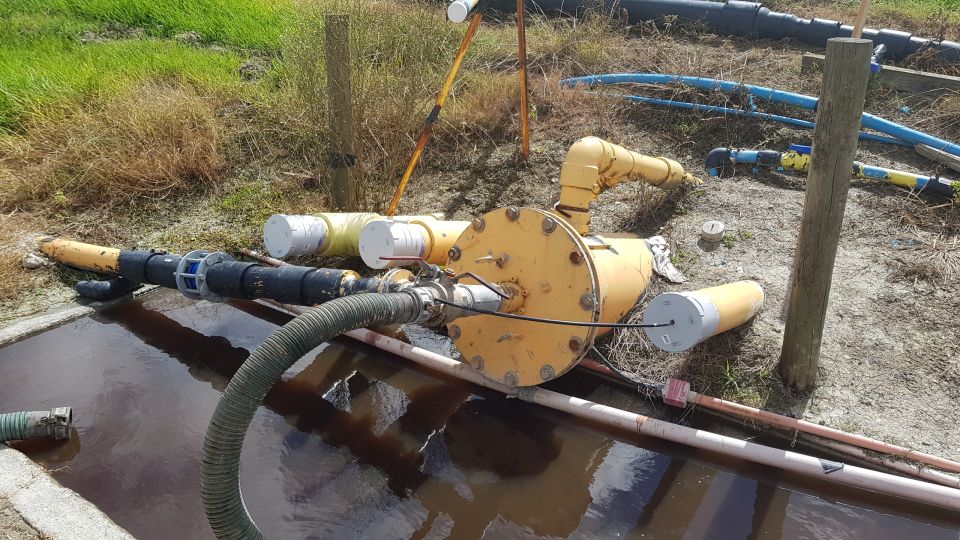
One of several pumps around the landfill that takes leachate away for disposal. Image: LEARNZ.
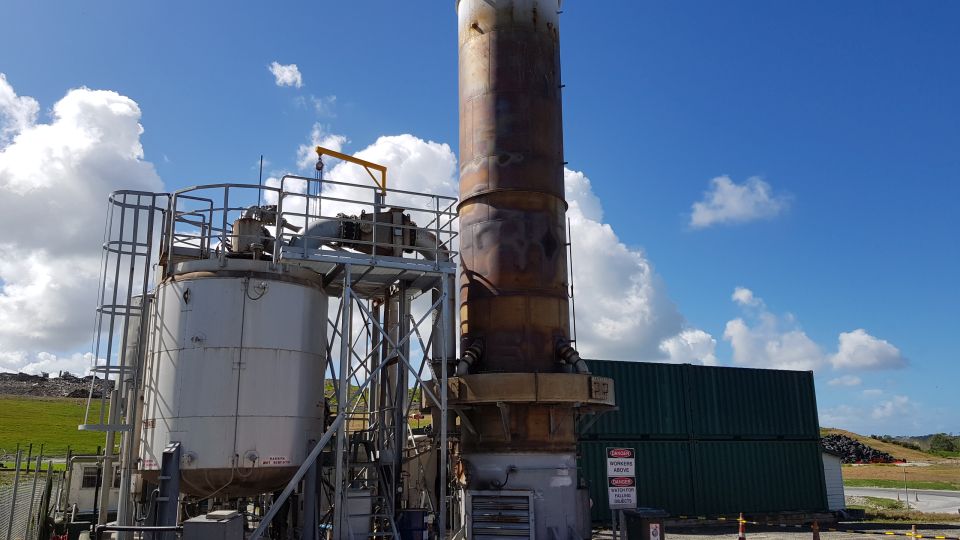
Leachate is pumped out to this facility. It is then boiled off as steam using landfill gas. Image: LEARNZ.
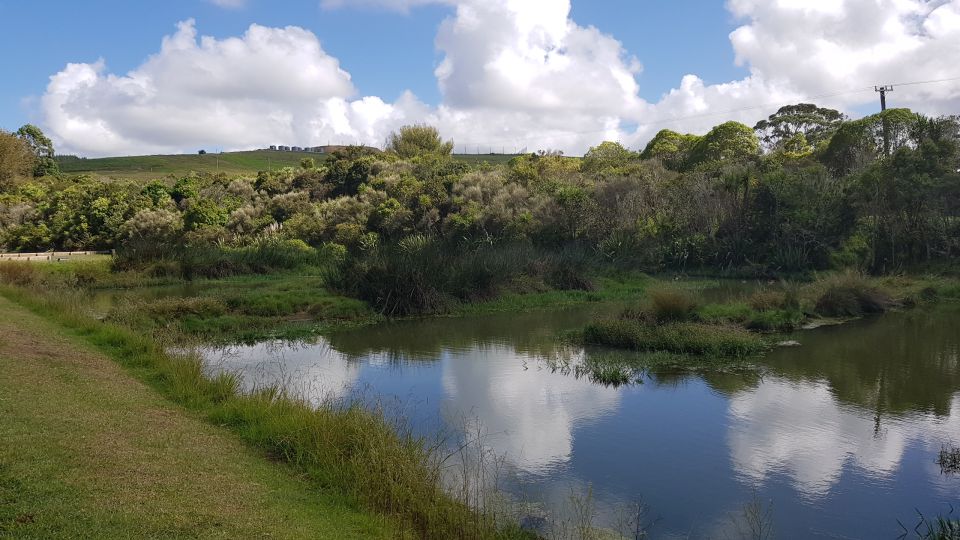
This pond collects all the rainwater that runs off the top of the landfill. What are the other ponds around the landfill for? Image: LEARNZ.
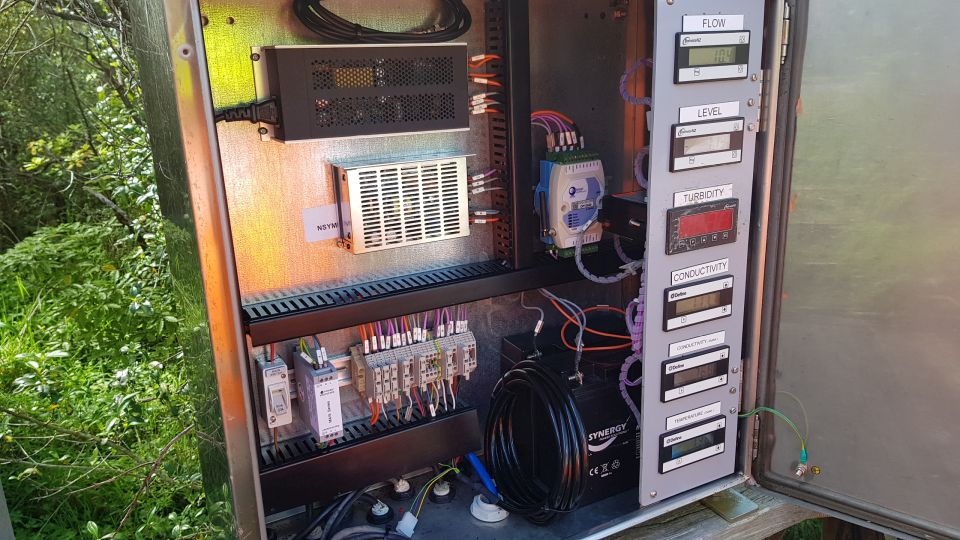
Rainwater coming off the top of the landfill is tested. It must be clean enough before being released into the local stream. What sort of things might be tested for? Image: LEARNZ.
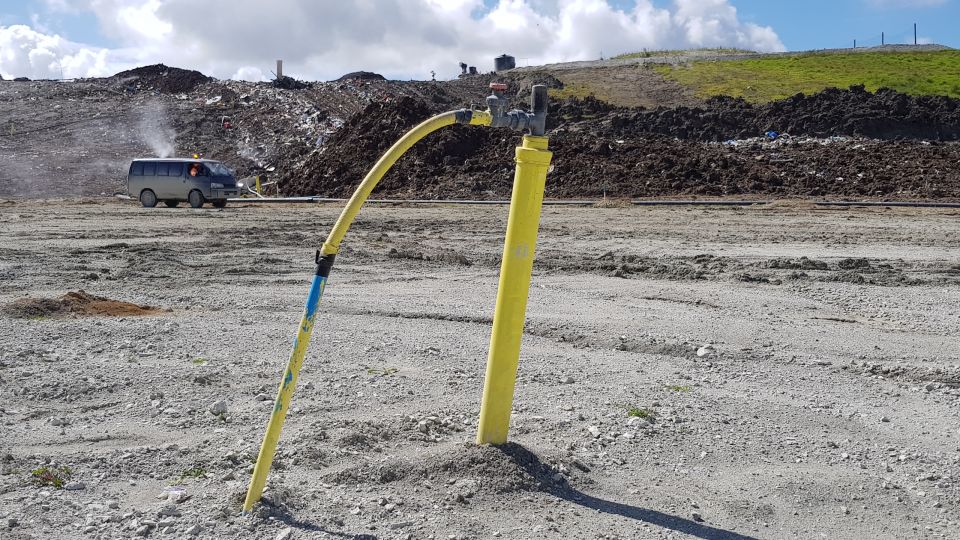
This is a well head. It is the top part of a well that goes through the waste pile. It is part of a pipe network collecting landfill gas. How is landfill gas made? Image: LEARNZ.
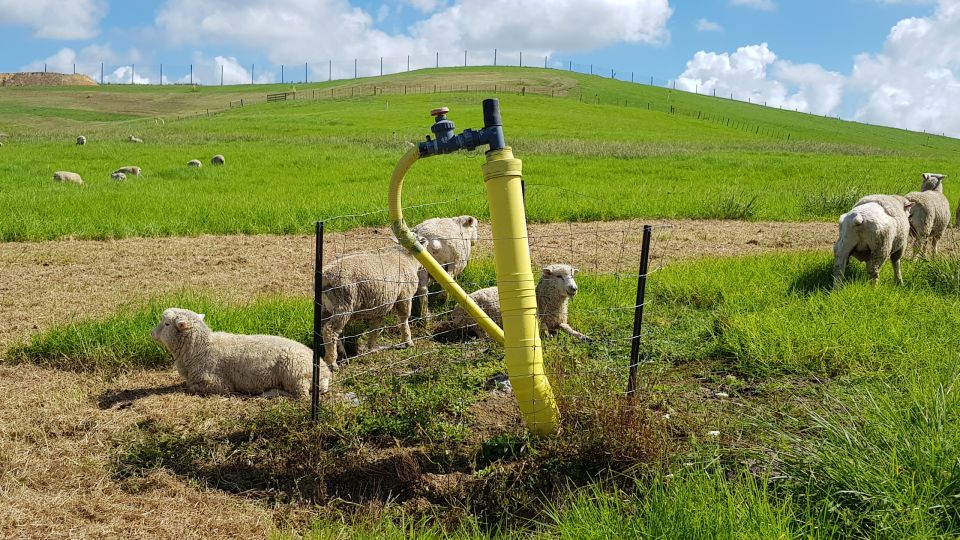
Compare this image with the one above and describe the differences. What do these diferences tell you? Image: LEARNZ.
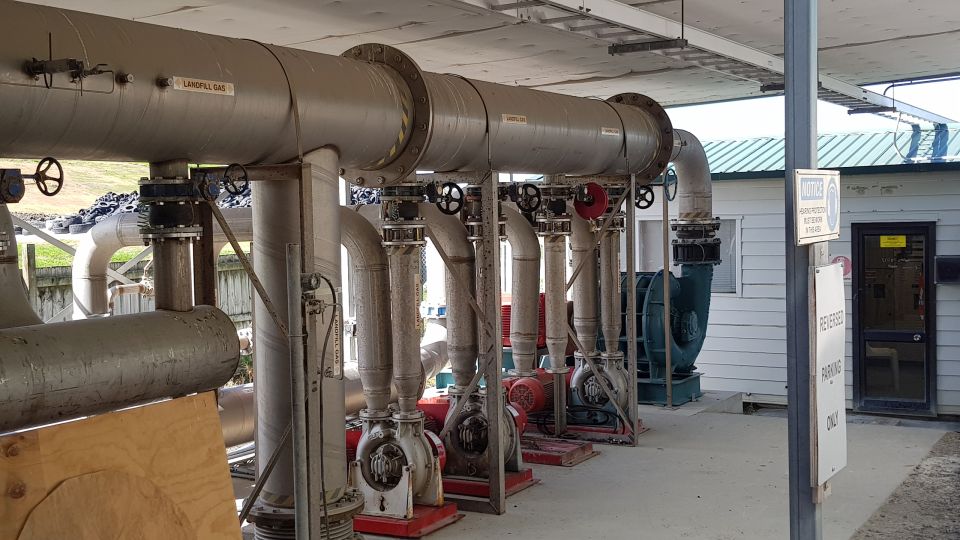
These red engines are like big vacuum cleaner motors sucking all the gases out of the landfill. Image: LEARNZ.
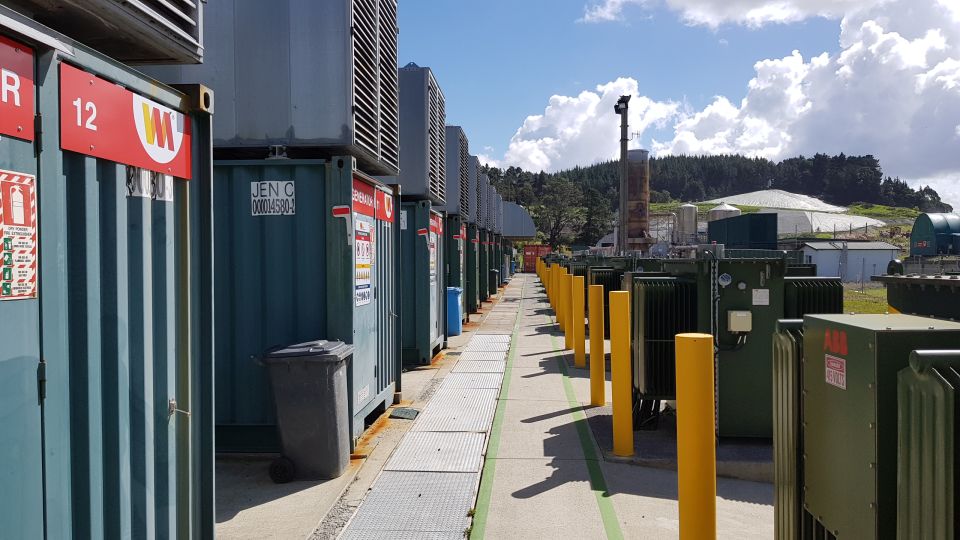
These are the generators that use methane to run. The generators produce electricity. How many homes do they power? Image: LEARNZ.
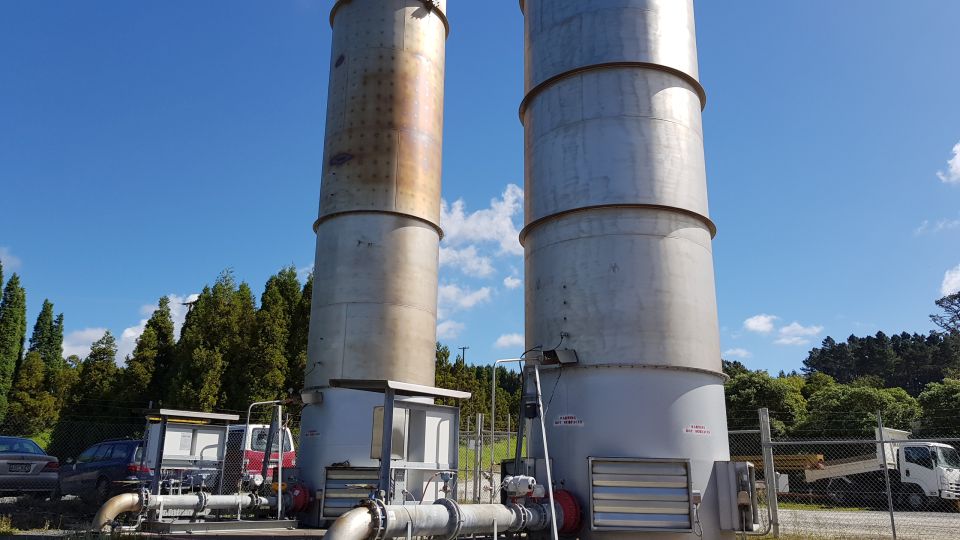
These big chimneys are the flares. Excess gases are burnt here so nothing harmful enters the atmosphere. How hot do you think it needs to be? Image: LEARNZ.